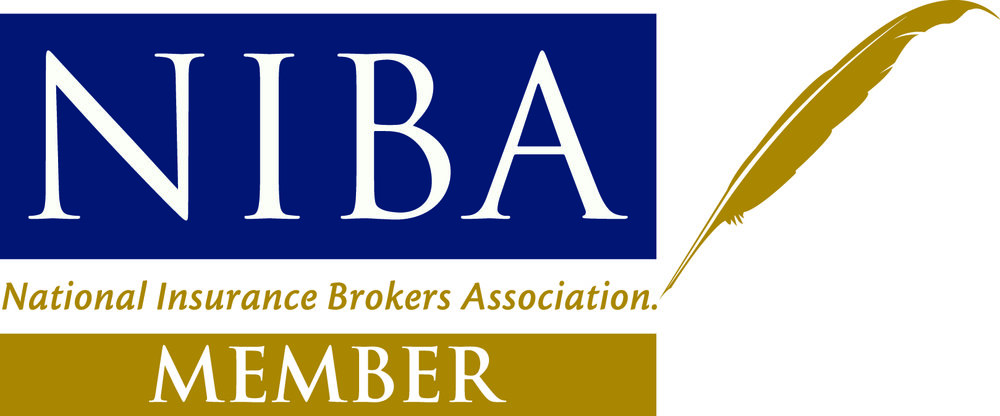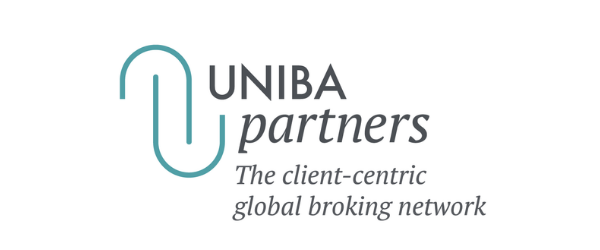MENUMENU
- About
- Insurance
- Business InsuranceProtect your livelihood with insurance that’s right for you
- Corporate InsuranceCorporate Insurance, Group Policies and Risk Management Plans
- Personal InsuranceProtect yourself and your assets from loss
- Specialty InsuranceOutside the box insurance options
- ConveyancingOffering unique insurance solutions for Conveyancers to protect them from a range of professional risks
- Pleasure Craft InsuranceProtect your boat in and out of the water
- Cyber InsuranceProtect yourself and your family against a wide range of cyber threats
- International InsuranceProtect yourself from risk when you do business globally
- What to expect
- Insurance Insights
- Contact




